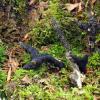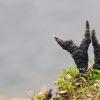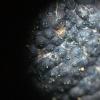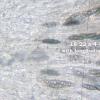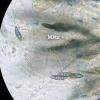
30-11-2025 12:53
 Edvin Johannesen
Edvin Johannesen
White short-stipitate apothecia found on thin twig

30-11-2025 10:47
 William Slosse
William Slosse
I recently found a collection of small Peziza sp.

27-11-2025 12:01
Thomas Læssøehttps://svampe.databasen.org/observations/10496727

27-11-2025 11:46
Thomas Læssøehttps://svampe.databasen.org/observations/10493918

17-09-2025 10:50
Heather MerryleesHi there!I am hoping for any advice on the identif

29-11-2025 08:40
 Andreas Millinger
Andreas Millinger
Hello,on a splintered part of a branch on the grou

28-11-2025 16:45
Nogueira HéctorNovember 23, 2025 Requejo de Sanabria (León) SPAI

25-11-2025 14:24
Thomas Læssøehttps://svampe.databasen.org/observations/10490522

27-11-2025 15:41
Thomas LæssøeSpores brownish, typically 4-celled; 26.8 x 2.4;

27-11-2025 11:31
Thomas LæssøeCollectors notes: Immersed ascomata, erumpent thro
Xylaria cornu-damae
Joaquin Martin,
29-07-2023 21:46
On Friday I found this Xylaria on a moss-covered stump.
After doing the micro I found only one species that fits very well with my species Xylaria cornu-damae, american species, and I am surprised not to find collections of this species, or a synonymy, european.
The spores are immature, that's why the green colour, they are supposed to be brown when they mature.
I would like to know your opinion on this.
Thank you.
Enrique Rubio,
30-07-2023 02:20
Re : Xylaria cornu-damae
Parece muy interesante, Joaquín. ¿Por qué no intentas incubarla en una cámara húmeda? ¿En qué provincia española la has encontrado.
Saludos
Saludos
Joaquin Martin,
30-07-2023 09:12
Re : Xylaria cornu-damae
Hola.
Está recogida en Navarra, en la sierra de Aralar, carretera de Lekunberri al santuario de San Miguel de Aralar, mas o menos por el Km 9.
Saludos Enrique.
Está recogida en Navarra, en la sierra de Aralar, carretera de Lekunberri al santuario de San Miguel de Aralar, mas o menos por el Km 9.
Saludos Enrique.
Jacques Fournier,
30-07-2023 22:22

Re : Xylaria cornu-damae
very interesting indeed Joaquin.
I don't know X. cornu-damae, which is not reported from Europe. The morphology of the germ slit would be of great help. Xylaria digitata might be considered too.
I would be glad to look into your material if you accept to share a part of it.
Un abrazo,
Jacques
I don't know X. cornu-damae, which is not reported from Europe. The morphology of the germ slit would be of great help. Xylaria digitata might be considered too.
I would be glad to look into your material if you accept to share a part of it.
Un abrazo,
Jacques
